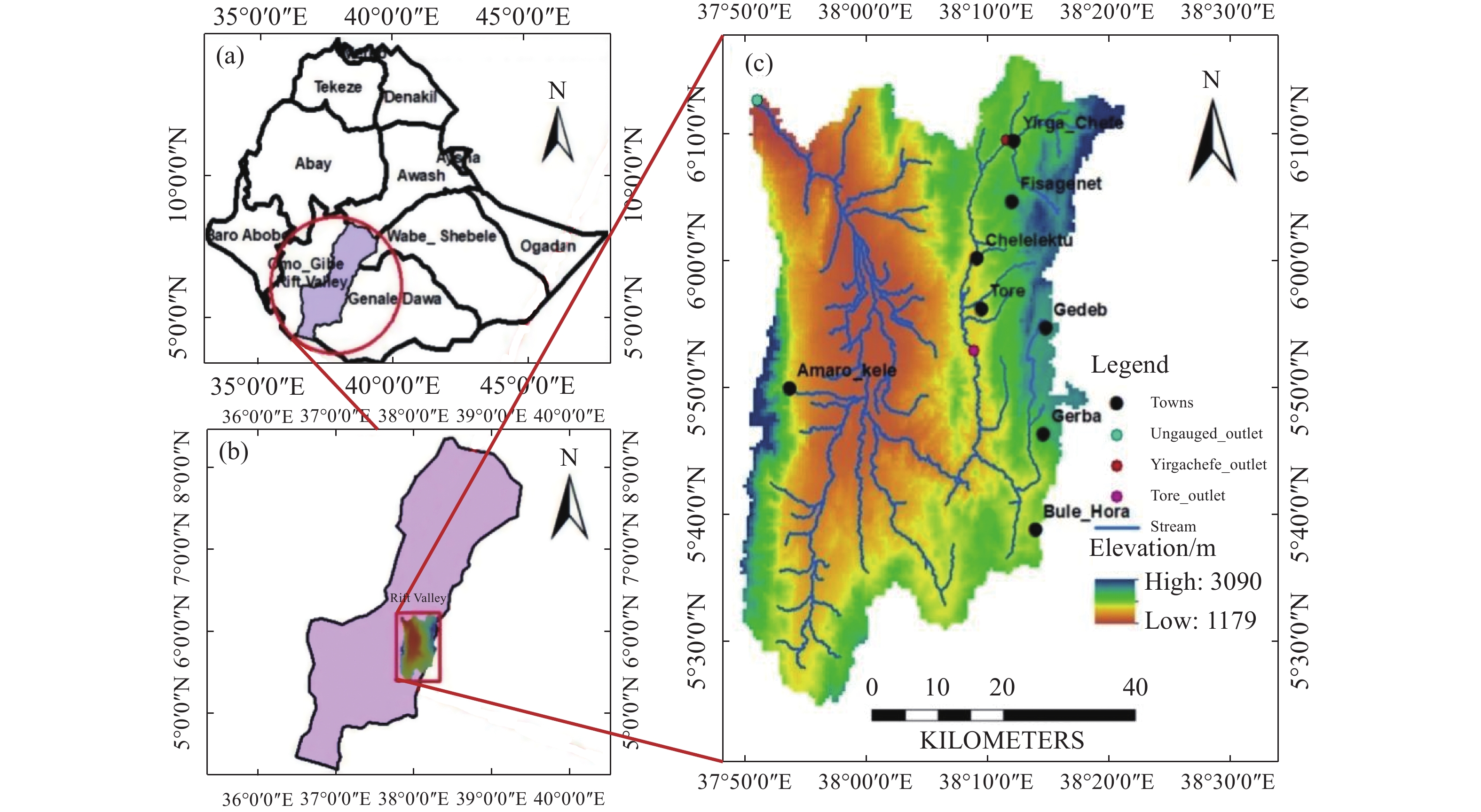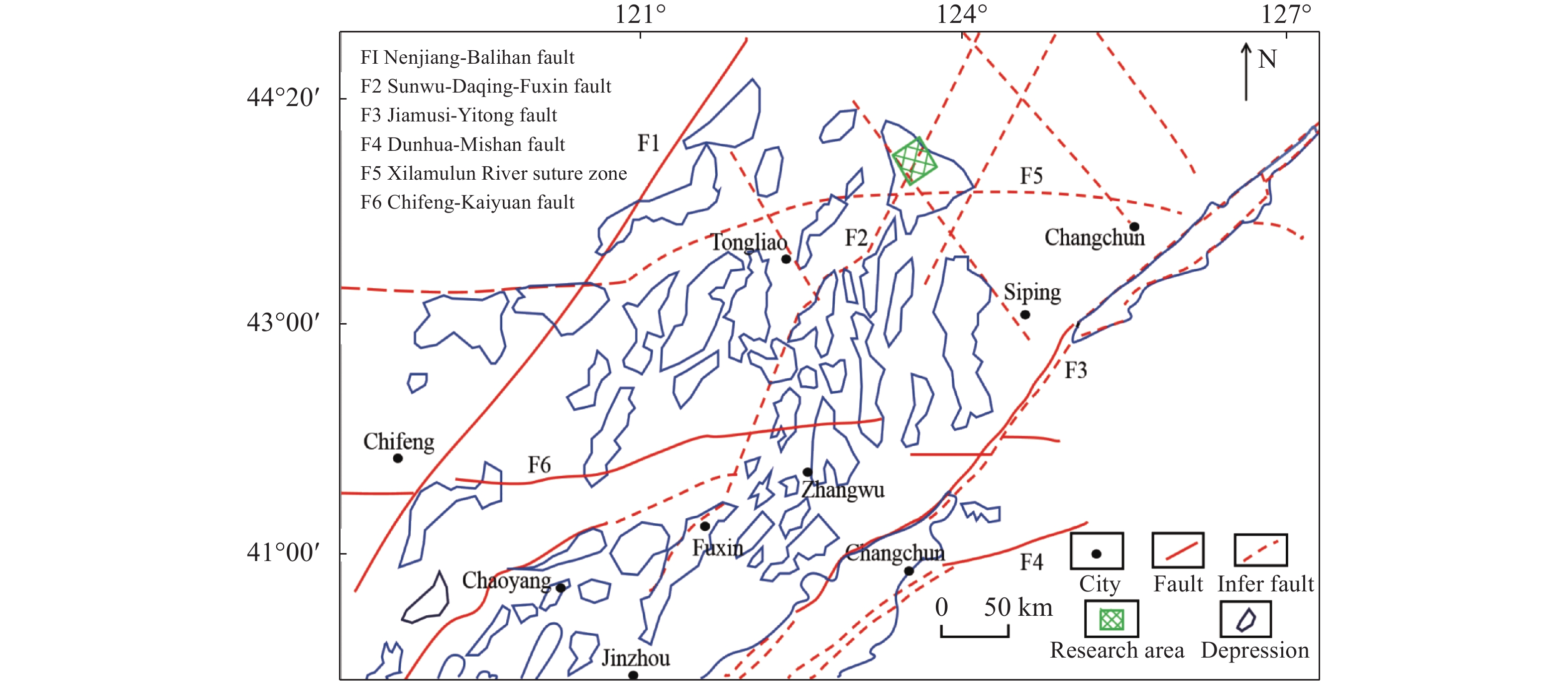Abstract:
The Beijing-Tianjin-Hebei Plain (BTHP) is the political, economic and cultural center of China, where groundwater is the main source of water supply to support social and economic development. Continuous overdraft of the resources has caused a persistent decline of groundwater level and formed a huge cone of depression at a regional scale. This paper addresses current groundwater situation over the BTHP area. The paper also delineates the groundwater flow field, using groundwater level data, in order to provide an effective method for the restoration of groundwater level and associated water resources management. Based on the analysis of multiple factors, such as groundwater level, soil salinization, ground subsidence, groundwater recharge and storage, urban underground space security, formation of fractures, and seawater intrusion, the threshold for groundwater level restoration is defined, and some measures for groundwater over-exploitation management are accordingly proposed. The study shows that: (i) Since the 1980s to 2020, shallow groundwater level in the western part of the BTHP area has dropped by 25 m to 60 m, while the cumulative decline of deep groundwater in the central and eastern regions is in the range of 40–80 m; (ii) The water table of the shallow groundwater within the depression zone over the Western Piedmont Plain should be controlled in the range of 15–30 m below ground level (mbgl), while the depth of groundwater level in large and medium-sized urban areas should be controlled within 20–30 mbgl. The groundwater level in the resource preservation area should be controlled within 10–15 mbgl, and the groundwater level in the area with identified soil salinization in the central and eastern plain should be controlled within 3–10 mbgl. However, for the deep groundwater in the central and eastern plainwater, the main focus of the resources management is to control the land subsidence. The water level in the severe land subsidence area should be controlled within 45–60 mbgl, and in the general subsidence area should be controlled within 30–45 mbgl; (iii) Based on the water level recovery threshold and proposed groundwater overdraft management program, if the balance of abstraction and recharge is reached in 2025, the shallow groundwater abstraction needs to be gradually reduced by about 2×108 m3. Meanwhile, the ecological water replenishment of rivers through the South-to-North Water Transfer Project should be increased to 28.58×108 m3/a, and the deep groundwater abstraction needs to be gradually reduced by 2.24×108 m3. To reach the target of shallow groundwater level in 2040, surface water replacement is recommended with a rate of 25.77×108 m3/a and the ecological water replenishment of rivers in the South-to-North Water Diversion Project should reach 33.51×108 m3/a. For deep groundwater recovery, it is recommended to replace the deep freshwater extraction with the utilization of shallow salt water by 2.82×108 m3 , in addition to the amount of 7.86×108 m3 by water diversion. The results are of great significance to the remediation of groundwater over-exploitation, the regulation of water resources development and utilization, and ecological protection in Beijing-Tianjin-Hebei plain.
Yang HF, Meng RF, Bao XL, et al. 2022. Assessment of water level threshold for groundwater restoration and over-exploitation remediation the Beijing-Tianjin-Hebei Plain. Journal of Groundwater Science and Engineering, 10(2): 113-127. doi: 10.19637/j.cnki.2305-7068.2022.02.002.
 E-mail alert
E-mail alert Rss
Rss









 Online Submission
Online Submission Peer Review
Peer Review Office Work
Office Work Editor-in-chief
Editor-in-chief News
News Download
Download Links
Links





